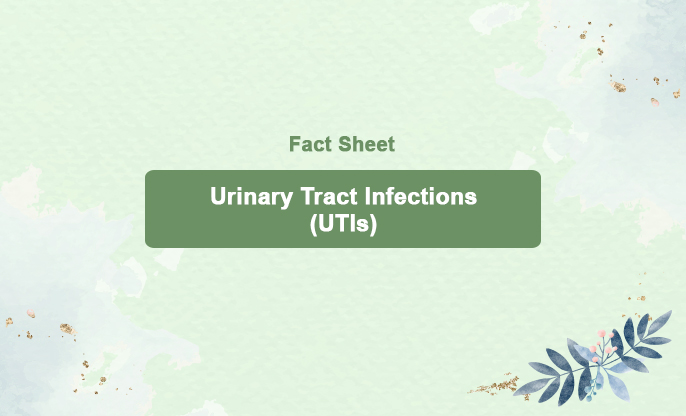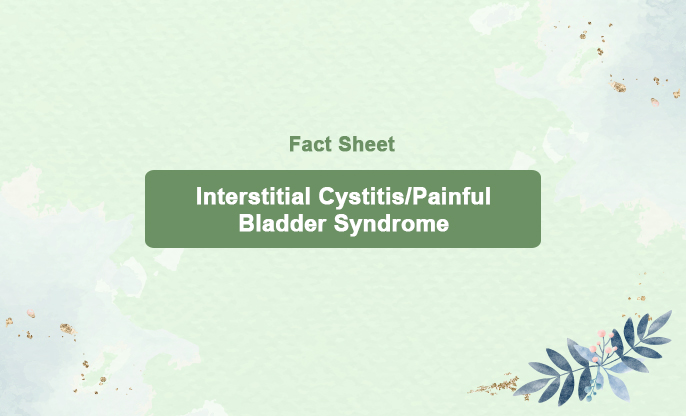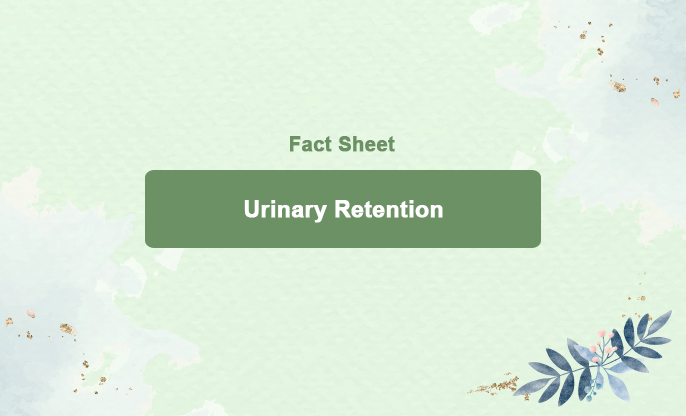
What is this?
Pelvic inflammatory disease (PID) is an infection-induced inflammation of the upper genital tract in women, impacting the uterus, Fallopian tubes, and/or ovaries. Typically, PID originates from an infection in the lower genital tract and ascends to affect the upper genital areas. Most instances of PID are associated with sexually transmitted infections.
PID often does not cause any noticeable symptoms. When symptoms do occur, they are typically mild and may include one or more of the following:
Pain around the pelvis or lower abdomen
Discomfort or pain during sex, felt deep within the pelvis
Painful urination
Bleeding between periods or after sex
Heavy menstrual periods
Painful periods
Unusual vaginal discharge, especially if it is yellow, green, or has a foul odor
In some cases, individuals may become very ill, experiencing:
Severe abdominal pain
High fever
Nausea and vomiting
Causes:
Most cases of PID result from a bacterial infection that spreads from the vagina or cervix to the higher reproductive organs.
Various types of bacteria can cause PID.
It is often caused by sexually transmitted infections (STIs) like chlamydia or gonorrhea.
Another STI, mycoplasma genitalium, is increasingly linked to PID cases.
In many instances, bacteria that normally reside in the vagina are the cause.
Treatment:
Antibiotics
Immediate Treatment: Start antibiotics quickly, even before swab results are available.
Multiple Bacteria: PID usually involves various bacteria, even with identified infections like chlamydia, gonorrhea, or mycoplasma genitalium.
Combination Therapy: You'll receive a mix of antibiotics to cover the most likely infections.
Pregnancy Consideration: Inform your doctor if you might be pregnant, as some antibiotics are unsuitable during pregnancy.
Course Duration: Typically, take antibiotics for 14 days, starting with a single injection.
Complete the Course: Finish all antibiotics, even if you feel better, to ensure the infection clears.
Severe Cases: Severe PID may require hospital admission for intravenous antibiotics.
Pain Management: Take painkillers like paracetamol or ibuprofen for pelvic or abdominal pain during treatment.
Follow-up
Initial Check-up: A follow-up appointment 3 days after starting treatment may be advised to assess antibiotic effectiveness.
End of Course Check: Another follow-up at the end of the antibiotic course may be necessary to confirm successful treatment.
Lack of Improvement: If symptoms haven't improved within 3 days, further tests and treatment at a hospital may be needed.
IUD Consideration: If you have an IUD and symptoms don't improve, removal may be suggested as it could be causing the infection.
Treating Sexual Partners
Partner Testing: Sexual partners from the last 6 months should be tested and treated to prevent recurrence and spread, even without a specific cause identified.
Long-term Relationships: PID can occur in monogamous relationships, and both partners should be treated simultaneously to prevent recurrence.
Sexual Activity: Avoid sex until both you and your partner have completed treatment.
Previous Partners: If no partner in the last 6 months, your most recent partner should be tested and treated.
How to avoid it?
To help prevent PID, take these steps to avoid STIs:
Use Condoms: Always use condoms during sex, even if you use other birth control methods.
Monogamous Relationships: Have sex only with a partner who does not have an STI and who is monogamous with you.
Limit Partners: Limit your number of sexual partners. Having multiple partners increases the risk of contracting an STI, especially if either you or your partner has had previous partners.




